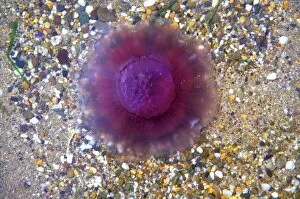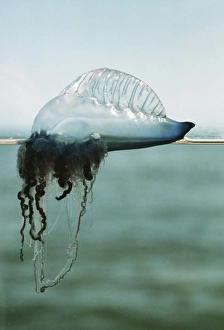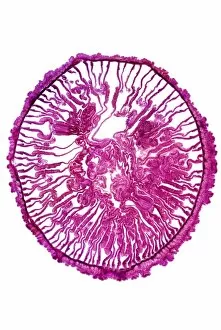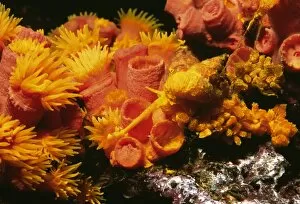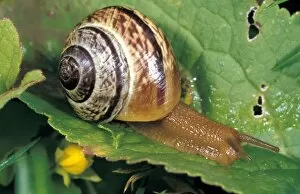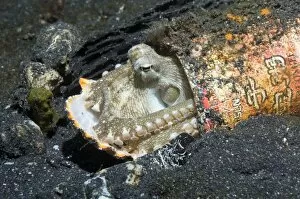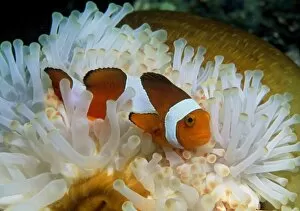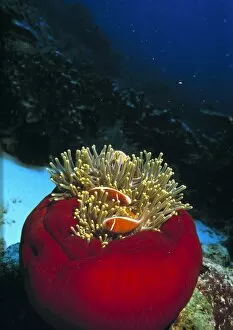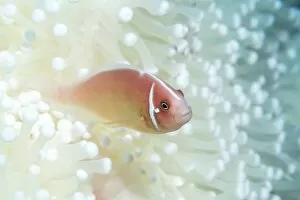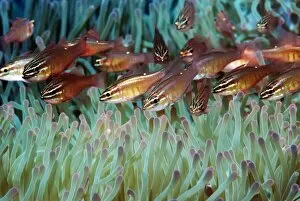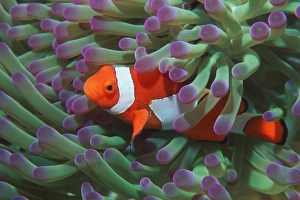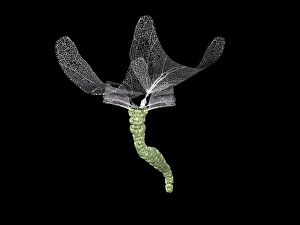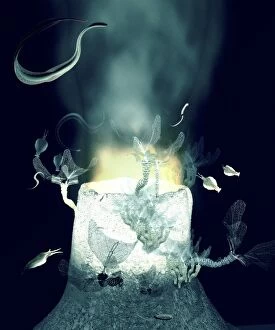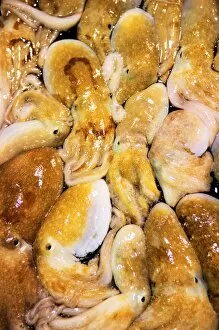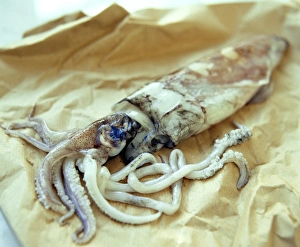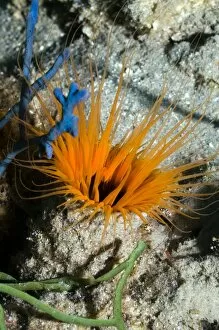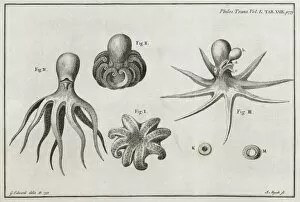Tentacles Collection (page 9)
"Enchanting Tentacles: A Fascinating World Beneath the Waves" Delicate and graceful
All Professionally Made to Order for Quick Shipping
"Enchanting Tentacles: A Fascinating World Beneath the Waves" Delicate and graceful, the tentacles of the Elegant Hydromedusa Jellyfish sway gently in the coastal waters of both the Pacific and Atlantic. Their translucent bodies shimmer with ethereal beauty, captivating all who encounter them. In Vancouver Aquarium, Canada, one can witness the mesmerizing dance of Japanese/Pacific Sea Nettle Jellyfish. These enchanting creatures gracefully glide through their watery realm, showcasing their intricate tentacles that seem to float effortlessly. The Giant Squid VT 7670 Illustration offers a glimpse into the mysterious depths where Architeuthis reigns supreme. Its colossal size is matched only by its awe-inspiring tentacles that reach out like mythical arms from ancient legends. From Alaska to California, the Giant Pacific Octopus displays its intelligence and adaptability. With eight powerful arms adorned with suction cups, it navigates its surroundings with grace and precision. Beneath vibrant coral reefs resides anemonefish seeking refuge within swaying sea anemones. The Twoband Anemonefish forms a symbiotic relationship with these delicate creatures as they playfully interact amidst waving tendrils. Venturing into Atlantic and Mediterranean waters reveals another marvel—the Common Octopus. Its unique rectangular pupil and double row of sensitive suckers along each arm make it a master of disguise and manipulation in its ever-changing environment. The Blue-ringed Octopus showcases nature's warning signs hidden beneath its stunning appearance. Vibrant hues serve as cautionary tales for those who dare cross paths with this venomous creature lurking in tropical waters. Deep within the mid-Atlantic ridge lies a world rarely seen by human eyes—a Hydromedusa/Trachymedusa displaying magnificent tentacles at approximately 2700 meters below sea level. This elusive beauty reminds us of how much remains undiscovered beneath our vast oceans' surface.



